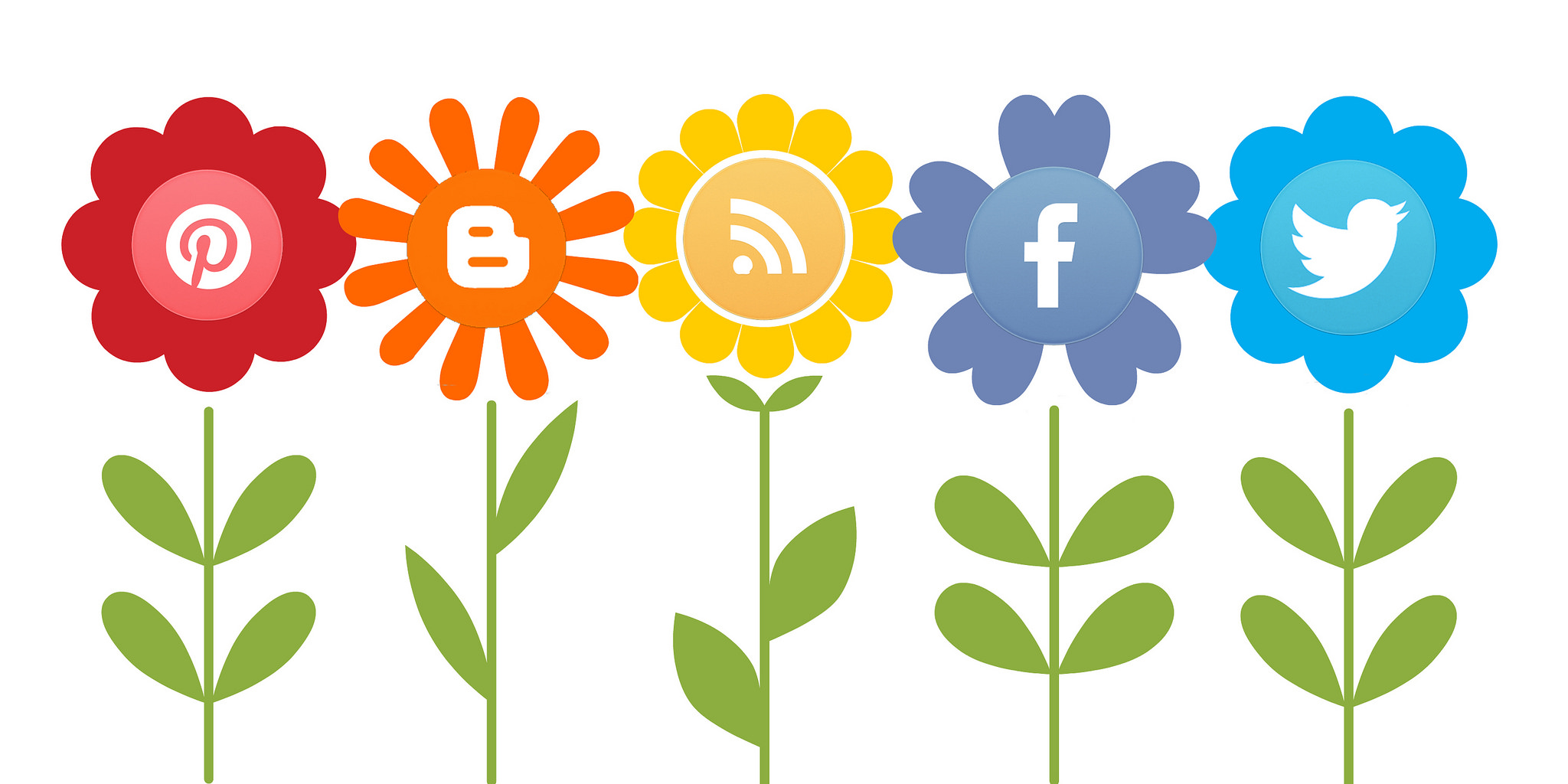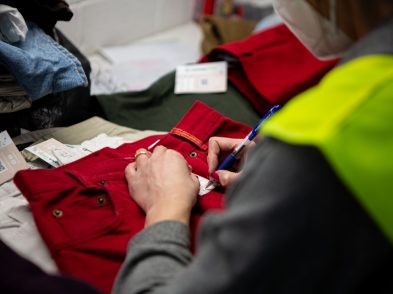Italy’s top museums may be getting plenty of foot traffic, but few of them are doing anything innovative to maximize potential visitors through digital means. Meanwhile, institutions in the rest of Europe and the United States are interacting with half a million Facebook fans, crowdfunding acquisitions and hosting worldwide video competitions on YouTube. Which museums in Italy excel in social media, and how can others benefit from what digital communication has to offer?
Social media is nothing new in the museum field. Major museums in the United Kingdom and the United States have been communicating this way ever since Facebook was invented, and ‘digital communications manager’ is a recognized job if not an entire department. If Italian museums are late to this game, it is, in part, because of the predominance of state-run museums, whose bureaucratic structures are highly resistant to change, cash-strapped, and run by politicians from the pre-Internet generation. However, it is also symptomatic of the entirely unfounded belief that the country’s culture merits no promotion or investment.
There is plenty of talk of the need to invest in culture every time another part of Pompeii collapses or a museum or library closes, fully or partially, for lack of funds. Florens 2012 was a major event dedicated to just this need, spinning investment in culture as an economic driver. But the importance of communications and the impact that social media and digital technology can have on both the promotion and diffusion of culture and its funding or support is rarely suggested as part of the solution.
In April 2013, a grassroots movement called Invasioni Digitali sprung up seemingly out of nowhere, calling on people to take digital museum communications into their own hands. Almost 9,500 people participated in 225 events across Italy, producing 10,798 publicly searchable photos. Its manifesto calls for new forms of communication to promote Italy’s vast cultural heritage, and a more direct rapport between museum content and visitors, through the Internet in general and social media, specifically.
So, some 10,000 snap-happy smartphone users want a friendlier, more digital approach by museums. Meanwhile, a slightly larger number of Facebook’s 24 million Italian users are fans of the few Italian museums who actively use the platform. The independent website Museum Analytics tracks social data for museums worldwide, and although their list is incomplete, the data for Italy is, indeed, depressing. According to the number of Facebook fans, Rome’s contemporary art museum MAXXI, with its 57,799 fans, is ranked 87th in the world; followed by the Mart in Rovereto ranked 110th. The MAXXI received ICOM Italy’s prize in 2012 for most social museum, which looks not only at numbers but at strategy and results. The runner-up was the Mart, which was the first Italian museum on Twitter. Both are contemporary art museums with dedicated staff in the communications department who understand that the language of social media can make art more accessible. They post varied content, almost daily, and they receive rewarding interactions from the public. If they are doing only one thing wrong, it is that they are communicating only in Italian. It is a reasoned choice due to their immediate publics, but one that excludes the engagement of international fans.

According to data from Museum Analytics rendered more accurate through my own research, fewer than 60 museums in Italy are on Facebook and only 25 are on Twitter. The total number of fans of museums in Italy—around 400,000—almost equals those of the Guggenheim Museum in New York. Museums in northern Italy are doing better than those in the south, with no institution south of Rome making the top 20 for social numbers. Turin is the Italian city with the most social museums. Of these, Palazzo Madama is worth noting for doing a particularly good job integrating online and offline initiatives, and has recently run a successful crowdfunding campaign (the first in Italy) for the acquisition of a collection of eighteenth-century porcelain, gathering 89,000 euro from over 13,000 online supporters.

Almost half of Italian museums on Facebook are in Tuscany, where the Natural History Museum of the University of Florence emerges at the top of the list with 17,5005 Facebook fans and 689 Twitter followers (they follow back about 50 percent of these, a good social ratio). Their entertaining and frequent updates are only in Italian. The Museo Piaggio in Pontedera (Pisa) is in second place with 7668 fans, many likely due to love of the Vespa in general. In third place is the Museo del Tessuto (Prato), the only bilingual (English/Italian) page, which recently ran the first Italian crowdsourced curation contest. Palazzo Strozzi and the CCC Strozzina (Florence) are in 4th and 5th place, and both are strong on Twitter.
Surely, with its 1.77 million visitors (in 2012), Florence’s Uffizi Gallery could command half a million fans if it made even a minor effort, but the page for the Polo Museale Fiorentino—a name few outsiders and fewer foreigners associate with the Uffizi—has only 734 fans and communicates only in Italian.
However, it is not the Uffizi that needs social media so much as the lesser-known museums that can use platforms like Facebook to reach new individuals and encourage them not only to visit, but to do so in an active way. Although social engagement does not always convert immediately into physical presence, it does have the advantage of extending museums’ educational goals into a virtual space. Furthermore, loyal social media fans can be called upon to contribute funds for specific acquisitions or exhibits or to inject user-generated content into the museum space—two practices now popular at the international level that are proven to increase publics’ sense of engagement with the cultural institution.
In a world in which we are always more connected, a social presence is a must for any cultural institution that wants to keep or grow its visitors in a manner that is in line with a contemporary way of life. Italy cannot afford to lag behind in this medium.
Download the data and resulting charts used for this article (zip file containing 2 PDFs and 2 charts)
For consultancy or social media management for your cultural institution or museum, please contact the author at Flod.it








